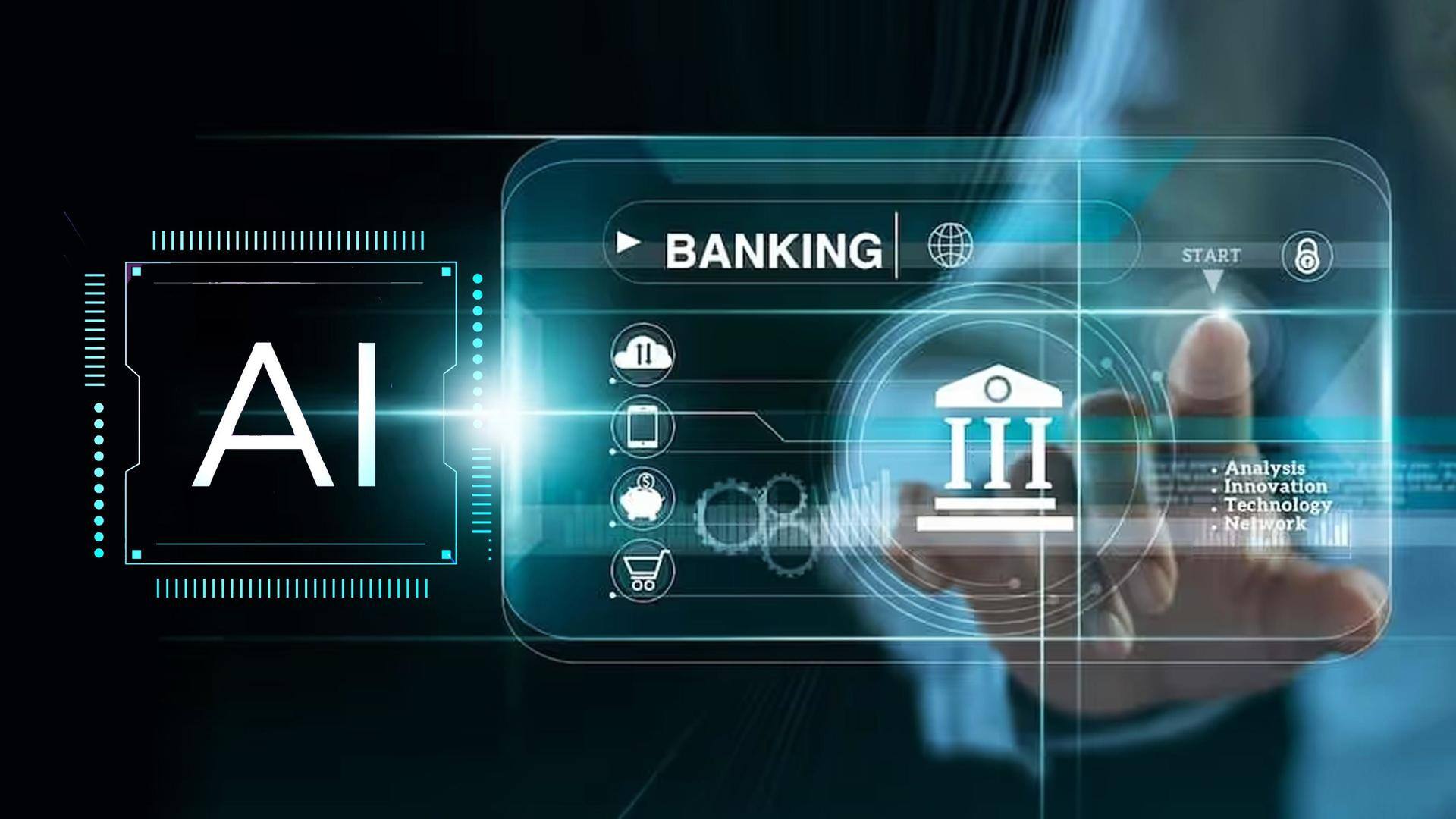For banks, data is essential for almost all business lines, from traditional deposit taking and lending to investment banking and asset management. Autonomous data management without human involvement therefore offers banks great opportunities to improve speed, accuracy and efficiency. Potential AI applications in banking can be classified into four broad categories: 1) customer-focused front office applications, 2) operations-focused back office applications, 3) trading and portfolio management, 4) regulatory compliance.7 At least for now, banks by and large are still experimenting with AI technologies, rather than fully implementing them into their processes. Customer- and operations-focused AI solutions are undergoing more intensive exploration than others:
i) AI is being tested for real-time identification and prevention of fraud in online banking. Indeed, credit card fraud has become one of the most prevalent forms of cybercrime in recent years, fueled by strong growth in online and mobile payments. To identify fraudulent activity, AI algorithms examine a plurality of customers’ credit card transactions in real-time and compare new transactions with previous amounts and locations. The AI blocks the transaction if it sees a risk.
ii) AI is also being tested in KYC processes to verify customers’ identities. AI algorithms scan client documents and evaluate the reliability of the information provided by comparing it with information from the internet. If the AI algorithm identifies discrepancies, they raise a red flag and a more detailed KYC check is carried out by bank staff.
iii) Another area where banks are experimenting with AI technologies is chatbots. Chatbots are digital assistants that interact with customers by text or voice and address their requests without the involvement of a bank employee.
iv) Banks are also exploring AI to visualise information from legal documents or annual reports, for example, and to extract important sections. AI tools autonomously create models after analyzing data and back testing to learn from their past mistakes to improve accuracy.
v) Some existing financial technology tools even evolve over time into true AI solutions. Good examples include robo-advisors that enable full automation in some asset management services and online financial planning tools that help customers make more informed consumption and savings decisions. As these financial technology solutions mature, they increasingly use technologies that mine data and autonomously find patterns in them. In their quest to become more efficient, banks mostly explore AI applications to replace activities that are expensive, laborious and repetitive. The focus is on risk management benefits such as fraud detection or improving KYC and on cost reduction opportunities such as chatbots or robo-advisors.
Barriers to the use of artificial intelligence in banking
Despite its immense potential, some external factors may slow down AI implementation in banking. To begin with, the EU’s General Data Protection Regulation (GDPR), which came into force in 2018, contains preventive clauses on automated decision-making. This affects not only the financial industry but all sectors in general. Article 22 of the GDPR states: “The data subject shall have the right not to be subjected to a decision based solely on automated processing, including profiling…” This is particularly problematic for AI tools, whose decision-making is by definition fully automated. To overcome the restrictions under Article 22, human involvement at some stage may be a solution. That is, at the end of the AI chain, the final decision may be passed on to humans. In addition, Article 13 of the GDPR contains disclosure provisions. For example, if an AI tool rejects a bank account or loan application, the customer has the right to know the reasoning involved in this decision. Article 13 does not necessarily require the source code of an AI algorithm to be disclosed. Yet some information on the input parameters of an AI tool must be disclosed. In any case, fully complying with these and many other data privacy rules may require the intervention of human programmers, a setback to the expected efficiency gains of AI.
Another potential obstacle to the use of AI in banking is the potential malicious manipulation of big data. For example, hackers may try to flood systems with fictitious data (fake social media accounts, websites, news) to influence AI decision-making. As a result, AI tools may come up with biased decisions and discriminate against certain individuals, or hackers may even take control of AI systems. With AI systems becoming more interconnected, malevolent issues may intensify. Even if AI has a relatively high level of accuracy in detecting cyber-attacks and malware, constant monitoring and surveillance of programmers may be necessary to address cybersecurity issues. The introduction of regulatory sandboxes, where the safety of new AI tools is tested in a real-world environment, could be beneficial in this context.
In the eyes of some observers, AI – and neural networks in particular – employ opaque logic and function as black boxes. These concerns arise from the sometimes complex AI algorithms and the inability of humans to visualise and understand these patterns. What exacerbates the problem of complexity is the fact that AI algorithms update themselves over time and become more connected. It is important to remember that AI predictions and decisions can ultimately be very close to those of humans. However, unlike humans, AI is by its nature unable to communicate its reasoning. This complicates the use of AI, given that processes in banking will have to go completely backwards, even if the decisions made are reasonable and appropriate. If there is a problem with a decision, it is clearly traceable at which step the error occurred. The entire decision-making process must be compliant with regulatory and supervisory rules and completely transparent. While this may also cancel out some efficiency gains, the involvement of human programmers and overseers may be a solution to mitigate issues surrounding the opaqueness of some AI algorithms. Despite these potential obstacles, banks are dedicated to experimenting with AI, which may have significant profitability implications.
Artificial Intelligence and Bank Profitability
AI may contribute to bank profitability in two ways: First, by taking over repetitive tasks from bank employees, autonomous AI software may reduce the demand for low-skilled labor and improve the efficiency of the remaining bank staff. This is important, as employee compensation typically represents a large portion of banks’ cost base. Second, AI implementation may also contribute to revenue generation. For example, it may help banks develop new products and offer products better suited to client preferences. Still, the link between the use of AI and bank profitability is hard to determine, not least because of issues surrounding identification and a lack of granular data. From an overall angle, however, AI patent applications in the banking sector across European countries show an almost linear relationship, with a correlation of 10 and ROA of 80%. Banks seem to be more profitable in countries where the level of AI patent activity is higher. At the same time, at this early stage of AI diffusion in banking it is somewhat difficult to assess the potential operational risks and associated costs in banking that may stem from the increased use of AI.
There are various factors that determine bank profitability, which need to be accounted for in an empirical setting. In our panel regressions, we control for macro and banking sector-specific indicators as well as time-fixed effects in addition to AI. In our sample, we used data from ten EU countries and covered a time period from 2010 to 2015. The dependent variable of our analysis is the ROA of the banking sector in individual countries. Our results show that macro factors such as GDP growth and inflation are the most important contributors to bank profitability. These explain two-thirds of the variation in bank profitability. Banking sector indicators such as cost-income ratio, equity-to-asset ratio and non-performing loans explain some 30% of the variation in ROA. AI patents positively affect ROA at statistically significant levels and explain 7% of the variation in bank profitability. It is important to remember that there is large overlap between standard IT solutions and stand-alone AI applications and patents. For example, large-capacity and high-speed data storage, as well as high-speed computing patents, have a broad impact far beyond AI. In this vein, it might be reasonable to argue that bank profitability is positively related to strong use of AI in general, in specific and strong use. Obviously, causality can also work the other way around, with more profitable banks investing more in AI.
However, in banking, IT implementation can be largely driven by (customer) demand and not necessarily by supply. Furthermore, strong competition makes modern technology a priority even for banks that are not profitable. The fact that AI affects bank profitability means that it can help European banks address one of their main problems of recent years: persistently weak profitability. By increasing labor productivity, AI technologies can structurally reduce costs in the banking sector.
Concluding remarks
AI has the potential to revolutionize many aspects of our everyday lives. Particularly in the US and China, AI has attracted large investments in recent years and is being rapidly implemented. In Europe, the picture is somewhat more mixed, with some countries having an active AI landscape while others lag behind. Aware of its potential, European policymakers have introduced measures to increase AI activity in Europe. AI has the potential to fundamentally transform financial services. To date, however, implementation in banking has been modest. Looking ahead, regulatory measures around data privacy and the highly regulated nature of banking may create barriers to AI implementation. Nevertheless, AI’s potential contribution to bank profitability should not be underestimated. In an environment where competition in banking is becoming ever more intense—thanks to data-driven financial service providers such as financial technology (fintech) start-ups and large technology firms that are challenging traditional banking business models—the rapid implementation of AI technologies may be crucial for banks to remain competitive.
Read Also:
- Artificial Intelligence In Banking
- Banking History of Artificial Intelligence (AI) In India
- Opportunities Of Artificial Intelligence (AI) In Indian Banking Sector
- Artificial Intelligence In Indian Banking Sector: An Overview
- Impact of Artificial Intelligence (AI) In Banking
- Disadvantages And Challenges Of Artificial Intelligence (AI) In Banking
- Role Of Artificial Intelligence (AI) In The Banking Sector
- Early Examples Of IT Implementation In Banking
- Introduction About Artificial Intelligence And Education
- Implementation Of AI In Banking Sector








Leave a Reply